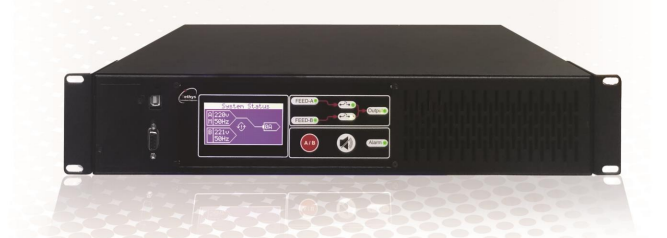| Automatic Transfer Switch (ATS)
Sudden power outages can disrupt industrial activities and in some cases completely eliminate the possibility of continued activity. For example, there are many companies that have gone bankrupt as a result of power outages. |
| Not all destructive effects are caused by power outages, but the poor quality of the grid can also cause disturbances in many electrical and electronic devices, such as computer systems and control room equipment.
These include things such as a sudden or prolonged decrease or increase in voltage, noise and the effects of radio frequency or solar storms, and frequency changes in power sources. Such consumers are often referred to as ‘sensitive loads’, and the reason for this naming is due to the need for them to continue to operate for a company’s industrial activities. Also, because such loads require a stable and reliable source of current for reliable operation than is provided by conventional power sources, there is a system that can provide the electrical power required by sensitive equipment in case of any problems at the primary source. From another source, it seems necessary. |

As you know, the process of creating an alternative source for critical situations is called redundancy. Tetsys TTS series products simply meet this need and by connecting to two power supplies they can decide in a matter of milliseconds which lines provide the best performance for sensitive devices and if there is no solution, in emergencies. To prevent equipment from being damaged, the power supply is completely cut off. With this device, an AC power supply can be added as a hot standby power supply. The TTS can carry a maximum of 7KVA load and by providing two inputs from sources such as grid power, UPS, generator or inverter, provides a reliable redundancy for all output consumers. When input A is disconnected, the device automatically connects input B to the output load. It is clear that if input B is interrupted, input A will be connected to the load. |

